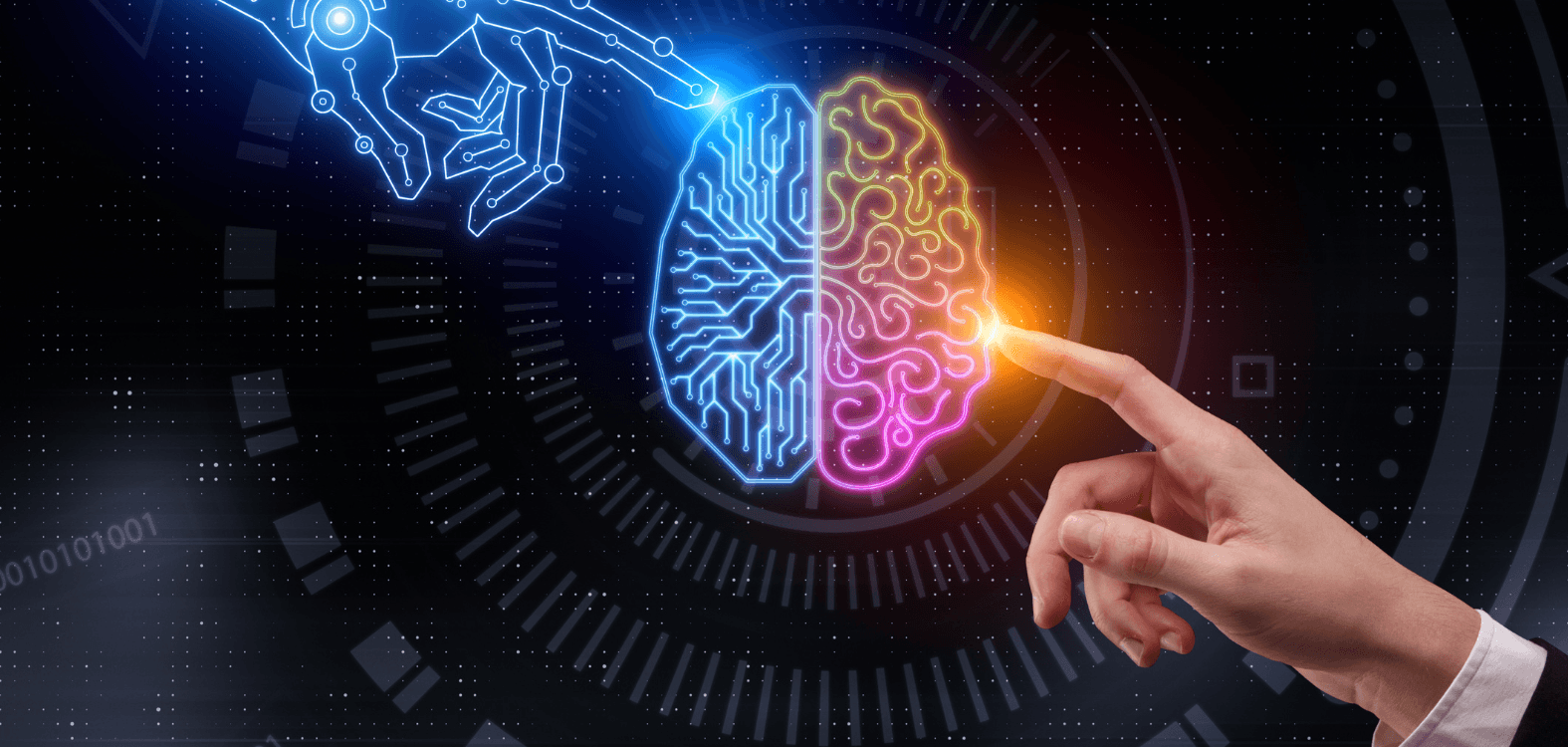Employee training software isn't just digitizing dusty manuals anymore. It's creating immersive, personalized learning experiences that adapt to individual needs, track progress in real-time, and deliver measurable results. From AI-powered content recommendations to virtual reality simulations, these platforms are reshaping the very DNA of professional development. Let's explore how this technological shift is revolutionizing workplace learning and why forward-thinking organizations are making the switch.
1. Personalized Learning Paths That Actually Work
Gone are the days of one-size-fits-all training modules that feel like digital torture chambers. Modern employee training software leverages artificial intelligence to create personalized learning journeys that adapt to each individual's pace, preferred learning style, and career goals. These systems analyze how employees interact with content, identifying knowledge gaps and automatically adjusting difficulty levels to maintain optimal challenge without overwhelming learners.
The beauty lies in the granular customization. A visual learner might receive more infographics and video content, while someone who prefers hands-on experience gets interactive simulations. The software continuously learns from user behavior, refining recommendations and creating increasingly effective learning paths. This personalization doesn't just improve engagement—it dramatically boosts retention rates and accelerates skill acquisition.
What's particularly exciting is how these systems can predict learning needs before gaps become problematic. By analyzing performance data and industry trends, the software can proactively suggest training modules that will be relevant to an employee's evolving role, creating a culture of continuous learning rather than reactive education.
2. Microlearning Revolution
The human brain wasn't designed to absorb hours of training content in single sessions, yet traditional corporate training often ignored this basic cognitive reality. Employee training software has embraced the science of microlearning, breaking complex topics into bite-sized chunks that can be consumed in 5-10 minute intervals. This approach aligns perfectly with our increasingly fragmented attention spans and busy work schedules.
Microlearning modules are designed to deliver specific, actionable insights that employees can immediately apply to their work. Instead of sitting through a four-hour compliance seminar, workers might complete a series of interactive scenarios throughout the week, each focusing on a particular aspect of company policy. This distributed learning approach significantly improves long-term retention and makes training feel less like a burden and more like a natural part of the workday.
The mobile-first design of these platforms means employees can access training content during commutes, lunch breaks, or any other convenient moment. This flexibility removes traditional barriers to learning and creates opportunities for just-in-time training when specific knowledge is needed most.
3. Real-Time Analytics and Performance Tracking
Traditional training programs operated in a feedback vacuum, with minimal insight into what actually worked and what didn't. Modern employee training software transforms this black box into a transparent, data-rich environment where every click, completion, and assessment provides valuable insights. Administrators can see not just who completed training, but how they engaged with content, where they struggled, and which methods proved most effective.
These analytics go far beyond simple completion rates. Advanced platforms track engagement patterns, measure knowledge retention over time, and correlate training activities with actual job performance improvements. Heat maps show which content sections receive the most attention, while progress tracking identifies employees who might need additional support or advanced challenges.
The real power emerges when this data informs strategic decisions about workforce development. Companies can identify skill gaps across departments, measure the ROI of different training programs, and make evidence-based adjustments to their learning strategies. This level of visibility transforms training from a cost center into a strategic advantage.
4. Gamification That Goes Beyond Badges
While early attempts at gamifying corporate training often felt gimmicky, sophisticated employee training software has evolved to incorporate meaningful game mechanics that genuinely enhance the learning experience. These aren't just digital stickers for completion—they're carefully designed systems that tap into intrinsic motivation and create genuine engagement with learning materials.
Progressive unlocking systems create anticipation and momentum, where mastering foundational concepts opens access to advanced modules. Leaderboards and team challenges foster healthy competition and peer learning, while scenario-based simulations allow employees to practice skills in risk-free virtual environments. The key is that these elements serve the learning objectives rather than distracting from them.
The most effective gamified training platforms also recognize that different personality types respond to different motivational triggers. Some employees thrive on competition and public recognition, while others prefer private achievement tracking and personal milestone celebrations. Modern software accommodates these differences, creating multiple pathways to engagement and success.
5. Seamless Integration with Existing Workflows
The most sophisticated employee training software doesn't exist in isolation—it weaves seamlessly into the digital ecosystem where work actually happens. Integration with popular productivity tools, communication platforms, and project management systems means learning becomes embedded in daily workflows rather than competing with them for attention.
Smart notifications can suggest relevant training modules based on upcoming projects or recently assigned tasks. When an employee starts working on a new type of analysis, the system might automatically recommend a refresher course on relevant methodologies. This contextual learning approach ensures that training feels immediately relevant and applicable rather than abstract or disconnected from real work challenges.
API connections with HR systems, performance management tools, and business intelligence platforms create a holistic view of employee development. Training progress can automatically update professional development plans, while performance reviews can trigger targeted learning recommendations, creating a continuous cycle of growth and improvement.
6. Virtual and Augmented Reality Training
Perhaps nowhere is the technological revolution more apparent than in the emergence of VR and AR training capabilities. These immersive technologies are transforming fields where hands-on experience was previously the only effective teacher. Medical professionals can practice complex procedures, technicians can work with dangerous equipment safely, and customer service representatives can handle difficult scenarios without real-world consequences.
The sensory richness of VR training creates powerful memory associations that traditional methods simply cannot match. When employees can see, hear, and interact with training environments that closely mirror real-world conditions, the transfer of skills becomes more seamless and effective. AR overlays can provide just-in-time guidance during actual work tasks, creating a bridge between training and application.
While the technology is still evolving, early adopters are seeing remarkable results in engagement, retention, and skill transfer. As hardware costs decrease and content creation tools become more accessible, VR and AR training will likely become standard components of comprehensive employee development programs.
7. Social Learning and Peer Collaboration
Modern employee training software recognizes that learning is inherently social and has built sophisticated collaboration features that harness the collective knowledge of the organization. Discussion forums, peer-to-peer mentoring systems, and collaborative project spaces create opportunities for employees to learn from each other's experiences and perspectives.
These platforms facilitate knowledge sharing across departments and hierarchical levels, breaking down silos that traditionally limited learning opportunities. Senior employees can share insights through recorded video messages, while newer team members can ask questions and receive guidance from multiple sources. This creates a more resilient knowledge base that isn't dependent on any single individual.
Social learning features also help combat the isolation that can come with digital training. When employees can see their colleagues' progress, participate in group challenges, and celebrate shared achievements, the learning experience becomes more engaging and motivating than solitary study could ever be.
The transformation of workplace learning through employee training software represents more than just a technological upgrade—it's a fundamental shift in how organizations approach human capital development. These platforms are creating more engaging, effective, and equitable learning experiences that adapt to individual needs while serving broader organizational goals.
As artificial intelligence becomes more sophisticated and immersive technologies become more accessible, the possibilities for innovative learning experiences will continue to expand. The organizations that embrace these tools today are not just improving their training programs—they're building learning cultures that will be essential for thriving in an increasingly complex and rapidly changing business environment.
Perhaps the most profound change isn't in the software itself, but in how it's reshaping our relationship with learning at work. When education becomes continuous, personalized, and seamlessly integrated into daily workflows, the very notion of "training" evolves into something much more powerful: a commitment to constant growth and adaptation that benefits both individuals and organizations alike.
📚 Sources
1. Association for Talent Development. (2020). "2020 State of the Industry Report." ATD Press.
2. Harvard Business Review. (2019). "The Case for Investing in Employee Development." Harvard Business Publishing.
3. Ebbinghaus, H. (1885). "Memory: A Contribution to Experimental Psychology." Teachers College, Columbia University.
4. Pew Research Center. (2021). "The Future of Work in America: People and Places, Today and Tomorrow." Pew Research Center.
🔍 Explore Related Topics












